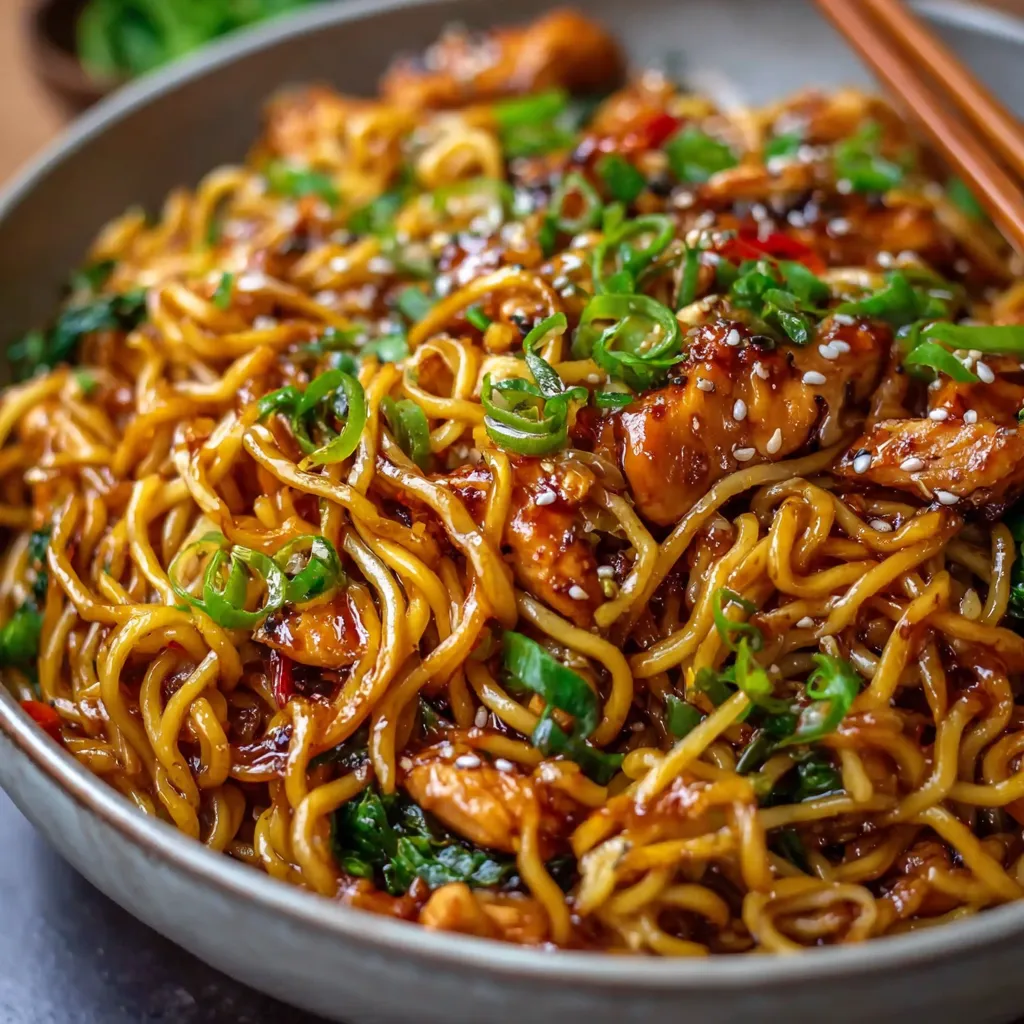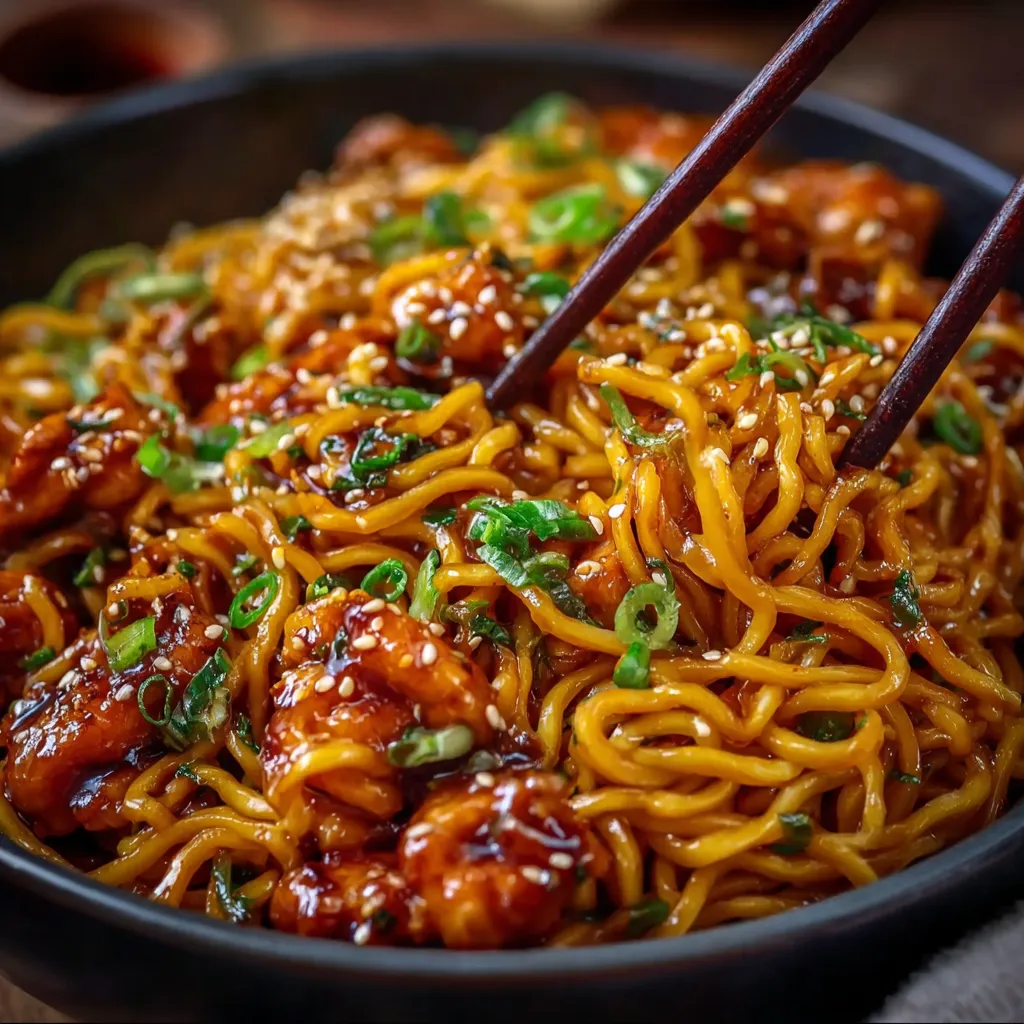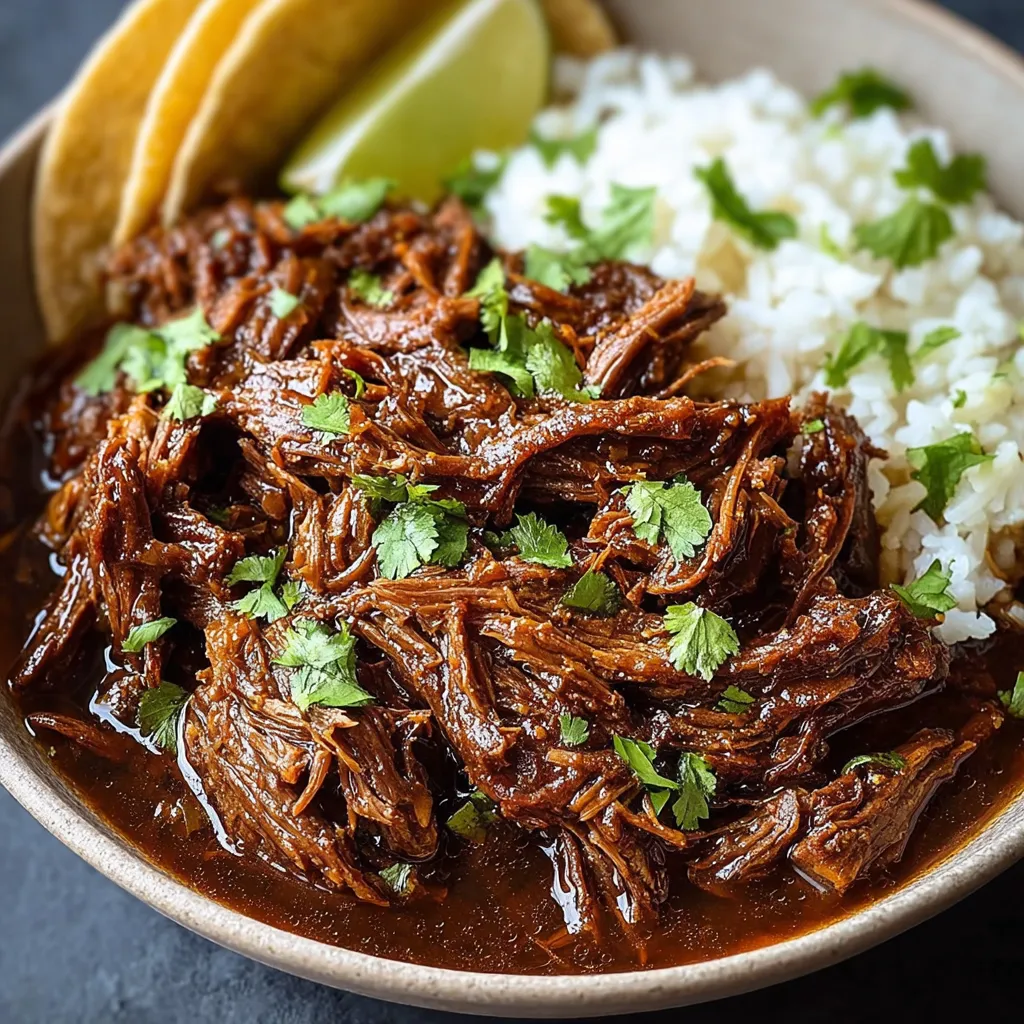The Sticky Secret: Unlocking the Science of Flavor and Texture
 The magic of sticky garlic chicken noodles lies in the interplay of several key elements. First, there’s the Maillard reaction, the browning process that creates hundreds of flavor compounds when amino acids and reducing sugars are heated. This is what gives the chicken its deep, savory taste. Second, the viscosity of the sauce is crucial. Too thin, and it won’t cling to the noodles and chicken. Too thick, and it becomes gluey. The ratio of sugar to soy sauce to other liquids is critical for achieving that Goldilocks zone of “just right.” Finally, the order in which ingredients are added affects the final outcome. Adding garlic too early can lead to bitterness, while adding sugar too late can prevent proper caramelization. Understanding these principles is the first step towards noodle nirvana.
The magic of sticky garlic chicken noodles lies in the interplay of several key elements. First, there’s the Maillard reaction, the browning process that creates hundreds of flavor compounds when amino acids and reducing sugars are heated. This is what gives the chicken its deep, savory taste. Second, the viscosity of the sauce is crucial. Too thin, and it won’t cling to the noodles and chicken. Too thick, and it becomes gluey. The ratio of sugar to soy sauce to other liquids is critical for achieving that Goldilocks zone of “just right.” Finally, the order in which ingredients are added affects the final outcome. Adding garlic too early can lead to bitterness, while adding sugar too late can prevent proper caramelization. Understanding these principles is the first step towards noodle nirvana.
The Recipe: Sticky Garlic Chicken Noodle Perfection
This recipe is the culmination of countless experiments and adjustments. It’s designed to be approachable for home cooks while delivering restaurant-quality results.Ingredients:
- For the Chicken:
- 1.5 lbs boneless, skinless chicken thighs, cut into 1-inch pieces
- 1 tbsp cornstarch
- 1 tbsp vegetable oil
- For the Noodles:
- 1 lb fresh or dried egg noodles (linguine or fettuccine work well too)
- For the Sticky Garlic Sauce:
- 4 tbsp soy sauce (low sodium preferred)
- 3 tbsp honey
- 2 tbsp rice vinegar
- 1 tbsp brown sugar
- 2 cloves garlic, minced
- 1 tsp ginger, minced
- 1/2 tsp red pepper flakes (optional)
- 1 tbsp sesame oil
- 2 tbsp water
- 1 tbsp cornstarch
- Garnish:
- Sesame seeds
- Chopped green onions
Instructions:
- Prepare the Chicken: In a bowl, toss the chicken pieces with 1 tbsp cornstarch. This will help create a slightly crispy exterior and thicken the sauce.
- Cook the Noodles: Cook the noodles according to package directions until al dente. Drain and set aside. Toss lightly with a little sesame oil to prevent sticking.
- Make the Sauce: In a separate bowl, whisk together the soy sauce, honey, rice vinegar, brown sugar, minced garlic, minced ginger, red pepper flakes (if using), sesame oil, water, and 1 tbsp cornstarch. Make sure the cornstarch is fully dissolved.
- Cook the Chicken: Heat the vegetable oil in a large skillet or wok over medium-high heat. Add the chicken and cook until browned and cooked through, about 5-7 minutes.
- Add the Sauce: Pour the sticky garlic sauce over the chicken and bring to a simmer. Cook for 2-3 minutes, or until the sauce has thickened and become glossy.
- Combine and Serve: Add the cooked noodles to the skillet and toss to coat evenly with the sauce. Garnish with sesame seeds and chopped green onions. Serve immediately.
The Culinary Quest: My Sticky Garlic Chicken Noodle Odyssey
My journey to mastering sticky garlic chicken noodles was paved with both delicious successes and less-than-stellar failures. Like many of you, I initially thought it was a simple matter of throwing ingredients together in a pan. Oh, how wrong I was!The Great Gummy Disaster
My first few attempts were a disaster. The sauce was either too thin and watery, leaving the noodles swimming in a sad, flavorless broth, or it was so thick that it clung to everything like glue. I couldn’t figure out why the sauce consistency was so inconsistent.The Cornstarch Conundrum
Then, I had an “Aha!” moment. I realized the importance of the cornstarch slurry. I was just dumping dry cornstarch into the sauce, which resulted in clumps and an uneven thickening. Pre-mixing the cornstarch with water before adding it to the sauce ensured a smooth, consistent result.The Garlic Revelation
Another critical mistake I was making was adding the garlic too early. The high heat caused it to burn and become bitter, which ruined the entire dish. Now, I add the garlic towards the end, allowing its flavor to infuse the sauce without becoming acrid. This is similar to how I treat the garlic when making Cheesy Garlic Chicken Wraps, where a milder garlic flavor is key.The Sweet Spot of Sweetness
Finding the right balance of sweet and savory was also a challenge. Too much honey or brown sugar made the dish cloying, while not enough left it bland. Experimenting with different ratios of honey to soy sauce eventually led me to the perfect balance. This ratio plays a similar role in the success of Ranch Garlic Parmesan Chicken Skewers, where a touch of sweetness complements the savory elements. I even considered using similar techniques that give such great flavor to Garlic Parmesan Crockpot Chicken And Potatoes.Noodle Know-How
Finally, the type of noodle matters. I initially used thin spaghetti, which became overcooked and mushy in the sauce. Switching to thicker egg noodles or linguine made a huge difference. The heartier noodles held their shape better and provided a more satisfying bite. This is key to the success of dishes like Chicken Scampi Pasta, where the pasta’s texture is crucial. It also made me think of the best way to serve Garlic Parmesan Chicken Meatloaf and Creamy Garlic Tomato Pasta!The Ultimate Technique: Foolproof Sticky Garlic Chicken Noodles
After countless trials and errors, I’ve distilled the process down to a foolproof method. Follow these steps, and you’ll be enjoying perfect sticky garlic chicken noodles every time.- Cornstarch Coating: Toss the chicken with cornstarch before cooking to create a crispy exterior and thicken the sauce.
- Noodle Nirvana: Cook the noodles al dente and toss with a touch of sesame oil to prevent sticking.
- Sauce Symphony: Whisk all sauce ingredients together in a bowl before adding to the pan, ensuring the cornstarch is fully dissolved.
- Garlic Grace: Add the minced garlic towards the end of cooking to prevent it from burning and becoming bitter.
- Simmer to Success: Allow the sauce to simmer and thicken before adding the noodles, ensuring it coats everything evenly.
- Garnish Glamour: Don’t forget the sesame seeds and chopped green onions for added flavor and visual appeal.
What makes the sauce ‘sticky’ and how do I avoid a gummy texture?
The stickiness comes from the balance of sugar, soy sauce, and liquids. To avoid a gummy texture, ensure the cornstarch is fully dissolved in water before adding it to the sauce, and don’t overcook the sauce after adding the noodles.
Why is cornstarch used in this recipe?
Cornstarch is used both to coat the chicken, creating a crispy exterior, and to thicken the sauce. It’s important to mix it with water first to prevent clumps.
When should I add the garlic to the sauce, and why does timing matter?
Add the minced garlic towards the end of cooking. Adding it too early can cause it to burn and become bitter, ruining the flavor of the dish.
What type of noodles are recommended for this dish?
The recipe recommends fresh or dried egg noodles, but linguine or fettuccine also work well. Thicker noodles are preferred as they hold their shape better and provide a more satisfying bite.

Irresistible Sticky Garlic Chicken Noodles
Ingredients
Equipment
Method
- In a bowl, toss the chicken pieces with 1 tbsp cornstarch.
- Cook the noodles according to package directions until al dente. Drain and set aside. Toss lightly with a little sesame oil to prevent sticking.
- In a separate bowl, whisk together the soy sauce, honey, rice vinegar, brown sugar, minced garlic, minced ginger, red pepper flakes (if using), sesame oil, water, and 1 tbsp cornstarch. Make sure the cornstarch is fully dissolved.
- Heat the vegetable oil in a large skillet or wok over medium-high heat.
- Add the chicken and cook until browned and cooked through, about 5-7 minutes.
- Pour the sticky garlic sauce over the chicken and bring to a simmer.
- Cook for 2-3 minutes, or until the sauce has thickened and become glossy.
- Add the cooked noodles to the skillet and toss to coat evenly with the sauce.
- Garnish with sesame seeds and chopped green onions. Serve immediately.




